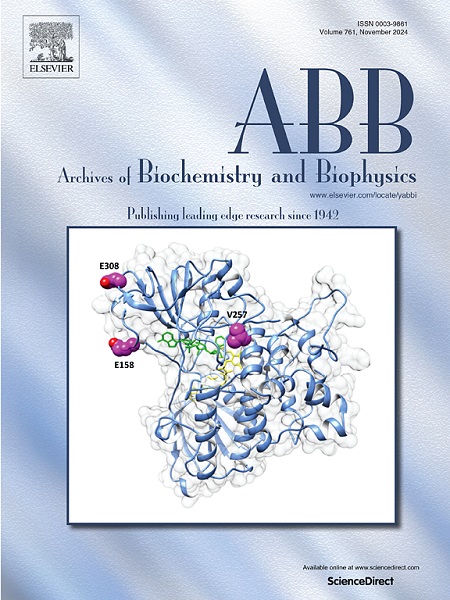Neural-symbolic hybrid model for myosin complex in cardiac ventriculum decodes structural bases for inheritable heart disease from its genetic encoding
IF 3.8
3区 生物学
Q2 BIOCHEMISTRY & MOLECULAR BIOLOGY
引用次数: 0
Abstract
Background
Human ventriculum myosin (βmys) powers contraction sometimes in complex with myosin binding protein C (MYBPC3). The latter regulates βmys activity and impacts cardiac function. Single residue variants (SRVs) change protein sequence in βmys or MYBPC3 causing inheritable heart diseases by affecting the βmys/MYBPC3 complex. Muscle genetics encode instructions for contraction informing native protein construction, functional integration, and inheritable disease impairment. A digital model decodes these instructions and evolves by processing new information content from diverse data modalities using a human partner-driven virtuous cycle optimization.
Methods
A general neural-network contraction model characterizes SRV impacts on human health. It rationalizes phenotype and pathogenicity assignment given the SRVs characteristics and, in this sense, decodes βmys/MYBPC3 complex genetics and implicitly captures ventricular muscle functionality. When an SRV modified domain locates to an inter-protein contact in βmys/MYBPC3 it affects complex coordination. Domains involved, one in βmys and the other in MYBPC3, form coordinated domains (co-domains). Bilateral co-domains imply potential for their SRV modification probabilities to respond jointly to a common perturbation revealing location. Human genetic diversity from the serial founder effect is the common systemic perturbation coupling co-domains subsequently mapped by a method called 2-dimensional correlation genetics (2D-CG).
Results
Interpreting general neural-network contraction model output involves 2D-CG co-domain mapping providing structural insights with natural language expression. It aligns machine-learned intelligence from the neural network model with human provided structural insight from the 2D-CG map, and other data from the literature, to form a neural-symbolic hybrid model integrating genetic and protein-interaction data into a nascent digital twin. The process forms a template for combining new information content from diverse data modalities into an evolving digital model. This nascent digital twin interprets SRV implications for disease mechanism discovery.

求助全文
约1分钟内获得全文
求助全文
来源期刊

Archives of biochemistry and biophysics
生物-生化与分子生物学
CiteScore
7.40
自引率
0.00%
发文量
245
审稿时长
26 days
期刊介绍:
Archives of Biochemistry and Biophysics publishes quality original articles and reviews in the developing areas of biochemistry and biophysics.
Research Areas Include:
• Enzyme and protein structure, function, regulation. Folding, turnover, and post-translational processing
• Biological oxidations, free radical reactions, redox signaling, oxygenases, P450 reactions
• Signal transduction, receptors, membrane transport, intracellular signals. Cellular and integrated metabolism.
 求助内容:
求助内容: 应助结果提醒方式:
应助结果提醒方式:


